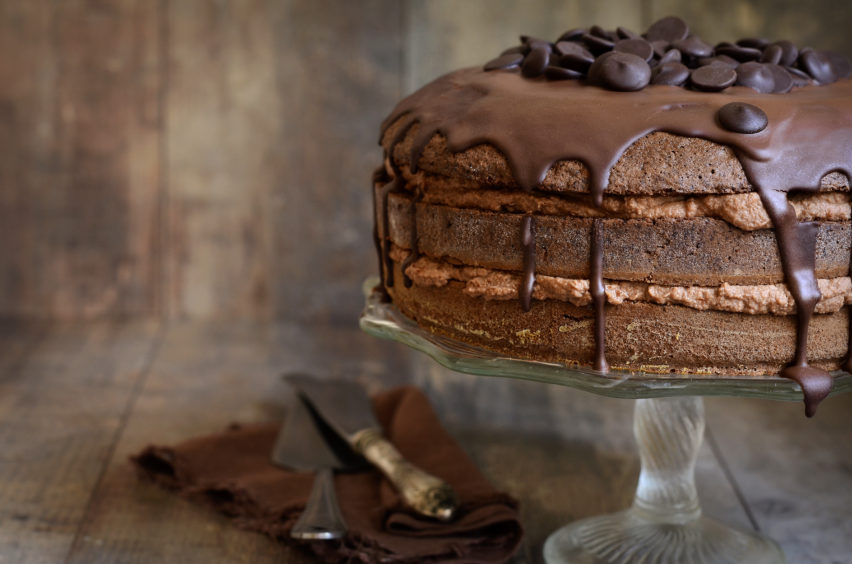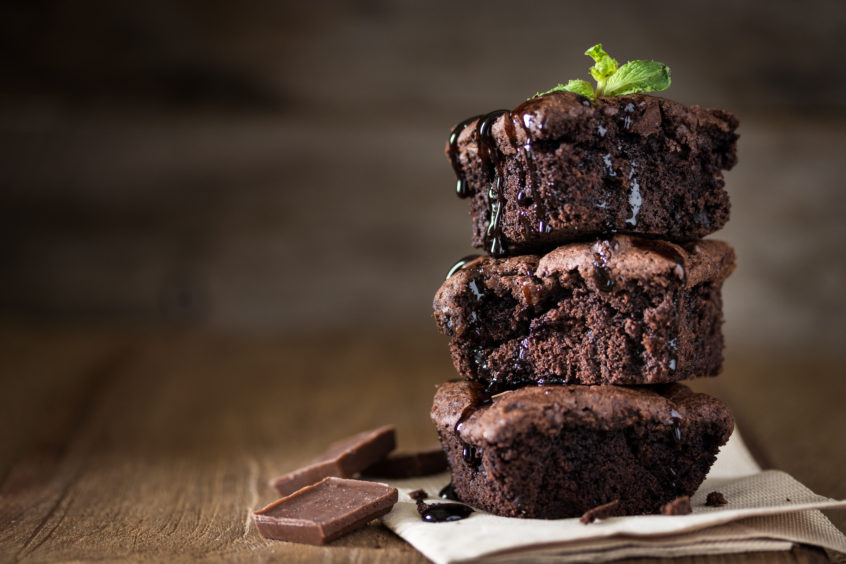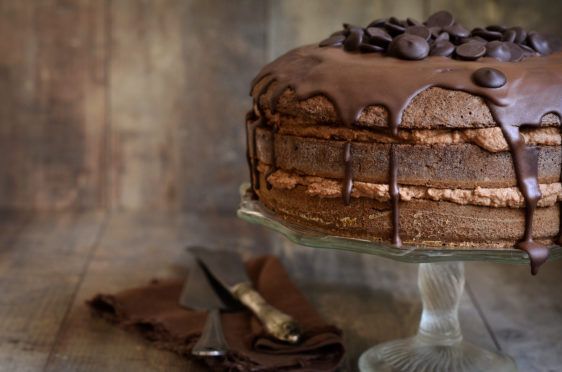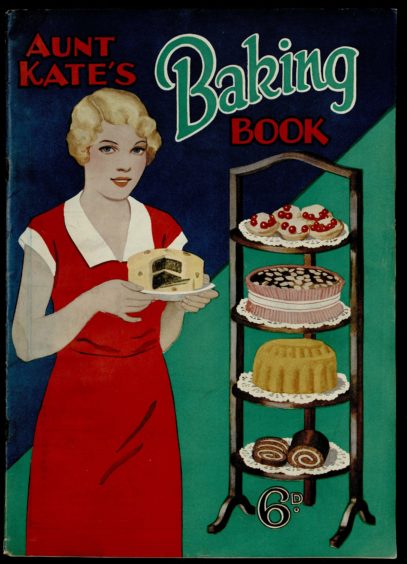A household name to many, Aunt Kate provided recipes, stories and tips in Scottish magazines from the late 1800s. Rebecca Shearer takes a look at the history and brings back some of the columnist’s classics…
Chocolate cake is just as popular nowadays as it was back in Aunt Kate’s time, with internet search trends showing that cake is still coming up trumps across Scotland.
Her 1933 baking book is filled with classic recipes that are easy to follow and will still give you that chocolate fix.
It doesn’t matter your experience in the kitchen, give Aunt Kate’s recipes for chocolate layer cake and chocolate fudge cakes below a go – they’re a lot easier than you think!
Chocolate layer cake
Aunt Kate says: “This is a cake to be proud of. When something specially nice is wanted for tea, make a layer cake.”

Ingredients
- ½ cup (65g) butter
- 2 eggs
- 3 tsp baking powder
- 1½ cups (190g) sugar
- 2 cups (250g) flour
- ²/3 cup (150ml) milk
- 1 tsp vanilla
Method
- Cream the butter thoroughly then add the sugar slowly, beating until it is very light and creamy.
- Add the beaten eggs and part of the flour, which has been sifted with the baking powder.
- Add the milk, a little at a time, and the remainder of the flour. Add the vanilla and mix well.
- Divide the batter equally into three large greased and floured cake tins, and bake in a moderate oven for 15 minutes.
- When cool, put the layers together, seperated by jam or buttercream and decorate with chocolate icing or how you please.
Chocolate fudge cakes

Ingredients
For the chocolate icing:
- 1½ tbsp butter
- 2 cups (250g) icing sugar
- 1½ squares of unsweetened chocolate (melt just before use so it doesn’t harden)
- 4 tbsp hot milk (preheated in the microwave or on the hob)
For the fudge cake:
- ½ cup (65g) butter
- 1 cup (130g) sugar
- 1 tsp vanilla
- 2 squares unsweetened chocolate, melted (melt just before use so it doesn’t harden)
- 1 egg
- ½ cup (125ml) water
- 1½ cup (190g) flour
- 1½ tsp baking powder
- ½ tsp salt
Method
To make the cakes:
- Cream the butter, add the sugar slowly and the unbeaten egg. Mix well and then add the vanilla and the melted chocolate.
- Add part of the water and part of the dry ingredients, which have been sifted together. Add alternately (water, then dry, then water, then dry) until all of it has been used up.
- Bake in a square, greased and lightly floured tin at 180ºC for 30 minutes. Wait until it has cooled before covering with the icing.
To make the icing:
- Cream the butter and add the sugar gradually. Then add the melted chocolate and milk, using just enough to make the icing spread.
- Once the icing has firmed, cut the cake into squares.
Read more from this series…
Aunt Kate’s Kitchen: The original domestic goddess is back with two delicious biscuit recipes


